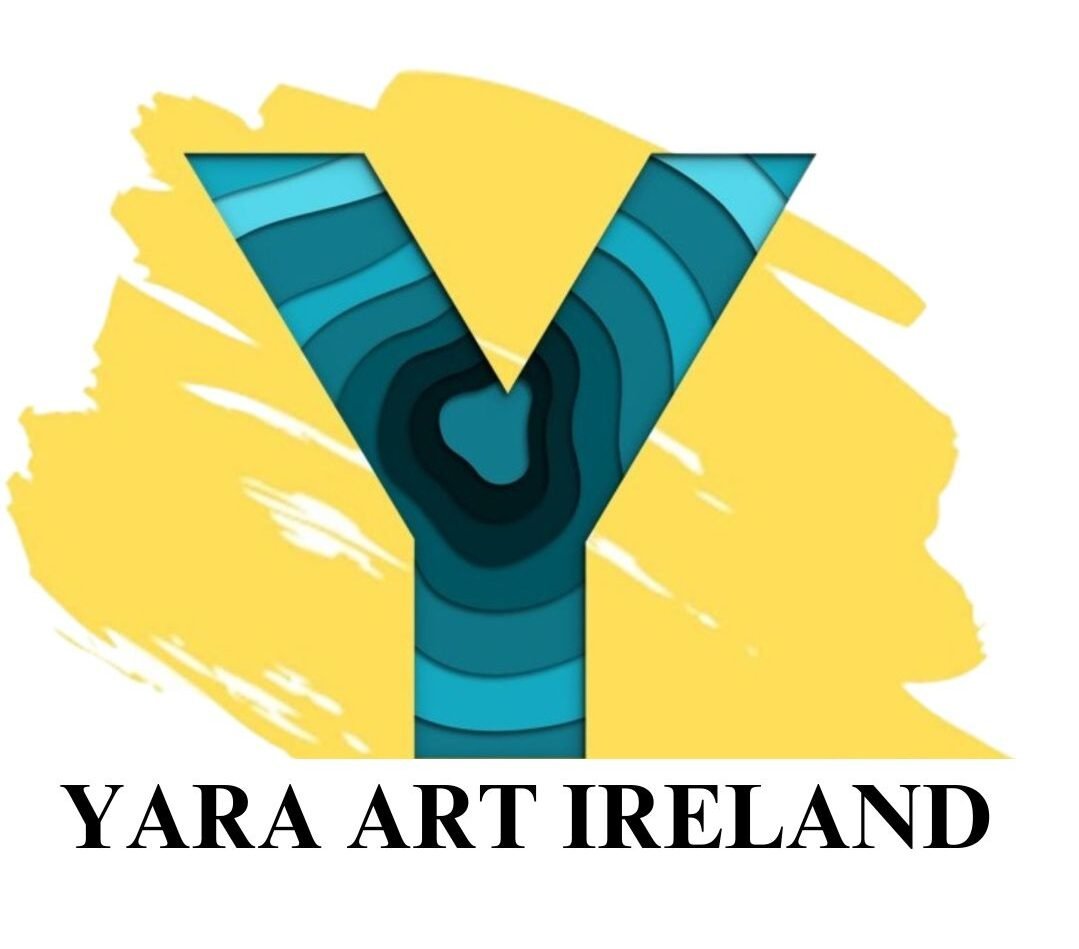Discovering Various Painting Techniques
Exploring the realm of painting techniques opens a world of creativity and expression for artists at all levels. Traditional methods such as watercolor, acrylic, and oil painting have long served as foundational skills in the art community. Each of these techniques possesses distinct characteristics that cater to different artistic styles and preferences. Watercolor, renowned for its translucence, allows artists to create soft washes and delicate blends, making it ideal for capturing the essence of landscapes and natural scenes. On the other hand, acrylic paint offers versatility, drying quickly and enabling layering, which appeals to those who favor vibrant colors and bold strokes. Oil painting, celebrated for its rich texture and slow drying time, grants artists the ability to manipulate and refine their works over extended periods, creating depth and detail that is unmatched.
In addition to these traditional techniques, modern approaches such as pour painting and mixed media are gaining popularity. Pour painting involves using fluid acrylics poured onto a canvas to create spontaneous patterns and unexpected results, challenging the notion of control in art. This technique not only fosters a sense of playfulness but also encourages artists to embrace the unpredictability of their environment. Mixed media, meanwhile, combines various materials—such as textiles, paper, and found objects—with traditional paint, inviting artists to break boundaries and explore their creativity in unique ways.
Furthermore, the rise of digital painting has transformed the art landscape, allowing artists to manipulate images with precision and versatility using software and graphic tablets. This technique appeals to both traditional artists looking to explore new frontiers and entirely new generations drawn to the digital medium. By understanding and experimenting with these diverse painting techniques, aspiring and seasoned artists can cultivate their unique artistic voices, fostering innovation and personal expression in their work.
Building Community and Confidence Through Art
Participating in painting workshops offers more than just the opportunity to improve technical skills; it fosters a sense of community and builds self-confidence among participants. Engaging in artistic endeavors alongside like-minded individuals creates a supportive environment where everyone shares a common passion for creativity. This shared experience can lead to the formation of lasting friendships, as participants bond over their artistic journeys and exchange ideas, techniques, and encouragement.
In many painting classes, the atmosphere is collaborative and non-judgmental. This creates a safe space for individuals who may be feeling apprehensive about their painting abilities. As participants engage in the creative process, they discover that everyone is on their own journey, with varying levels of experience and skill. Such an environment helps to demystify the world of art, allowing individuals to explore their creativity without fear of criticism. Numerous testimonials from students reflect how these classes have improved their perception of their artistic capabilities and heightened their self-esteem.
For those who initially struggle with self-doubt, the encouragement received from peers and instructors can be transformative. Many individuals report feeling more confident in their abilities after just a few sessions, as they learn to appreciate the uniqueness of their artistic expression. The act of painting itself can serve as a therapeutic outlet, helping participants to reduce stress and express emotions that may be difficult to articulate verbally.
Moreover, the positive reinforcement from communal settings can significantly uplift one’s spirit. Art becomes a bridge connecting diverse individuals, providing them with the chance to share their stories and experiences. In essence, through the process of creating art in a group, participants not only develop their painting skills but also cultivate personal growth, contribute to a nurturing community, and foster a sense of belonging that extends beyond the classroom.
